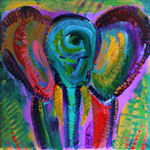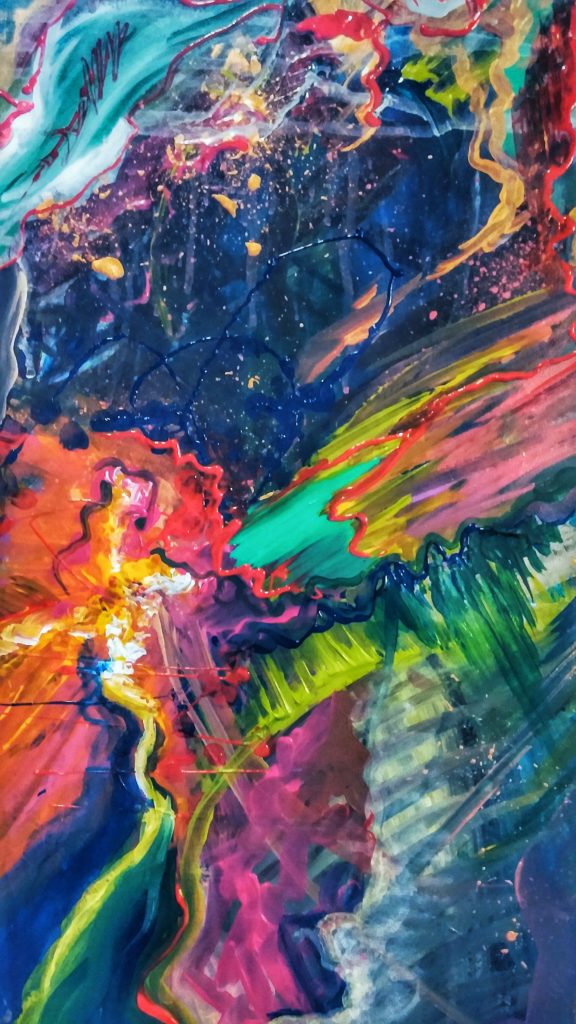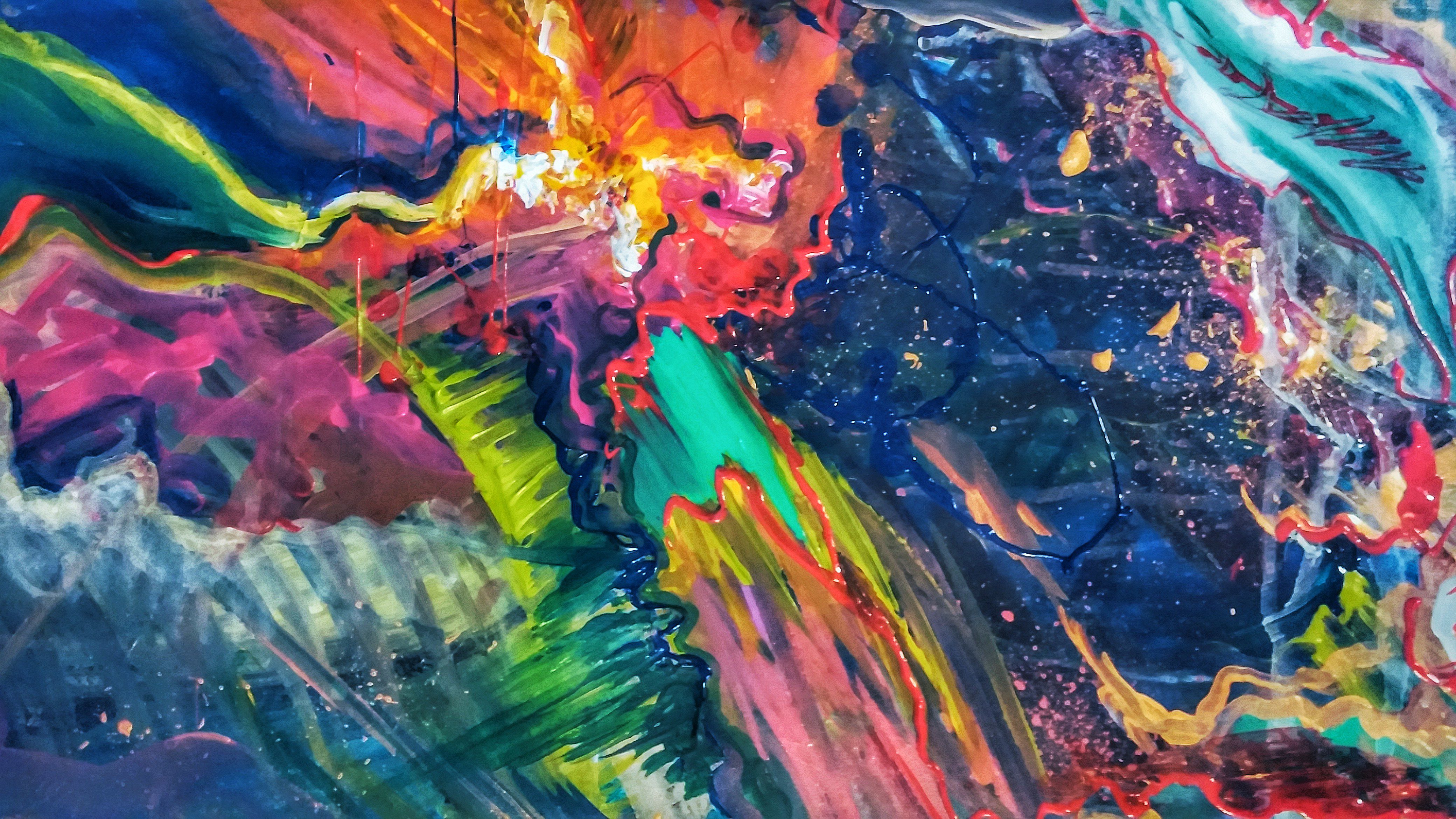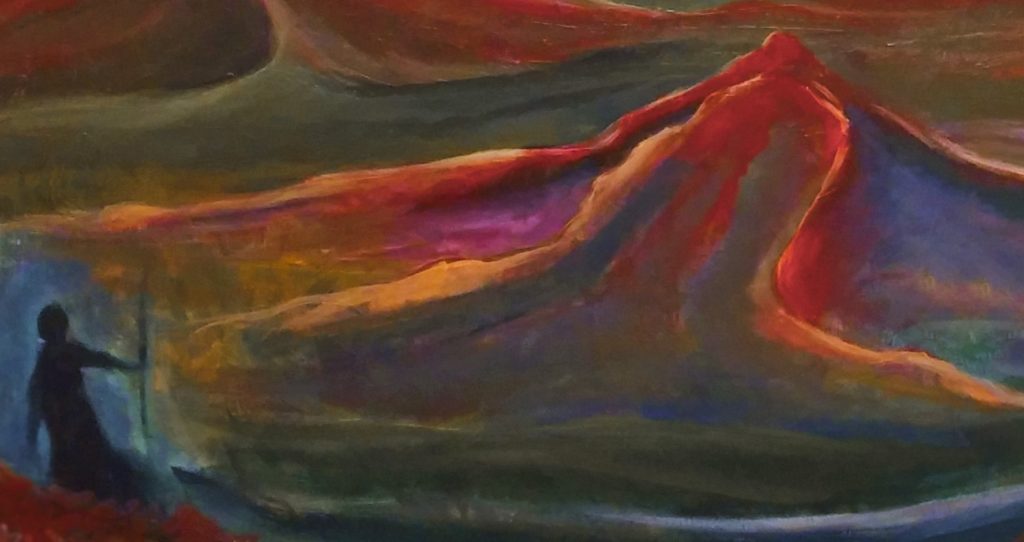Placing Yourself In A Setting Of Wonder
Have you ever started reading a book and found yourself completely sold on the story before the end of the first page? I am talking about settings like a lonely group of buildings lit solely by streetlamps found deep underground in the book The City of Ember. A dying city with flickering lights and mysterious beginnings serves as the perfect backdrop for a thrilling story that fills readers with wonder!
Sometimes, all a storyteller needs is a simple picture or phrase regarding a setting that is mysterious to them. The catalyst could be the image of a faun holding an umbrella trudging through a snowy wood, or perhaps a single line about a hobbit living in a hole in the ground. Then, the storyteller can go on to ask themselves, “Where is this snowy forest? Who is this fawn?” Or perhaps, “Why does this hobbit creature live in a hole, and what makes his story worth telling? And what, pray tell, is a hobbit?” I’m telling you, a story’s setting is powerful!
Stories like Lord of the Rings and The Chronicles of Narnia seem so big and bright and kind of like they have been around for forever; like they couldn’t actually have been written by real people. However, they all started with simple questions in the mind of an ordinary person; what would happen if this were a real place? Who would live there? How would they be affected?
You know what this means? It means that even if you were the most ordinary of people (and I suspect you aren’t), you could ask the same questions, and find a beautiful story to tell as a result.
Ever since I was a little girl, I have loved drawing, painting, and writing, but I had never created something concrete. It wasn’t until my sophomore year of college that I thought to myself, “what would happen if a little girl lived with a herd of elephants in a beautiful forest?” I wrote down the story that followed and created sketches for illustrations as well.
Now I know that most writers and readers understand how important a setting is for the actual story. However, people might not think about how the setting might inspire the illustrations and what the process of creating those illustrations looks like. For my elephant book, I began with quick, simple sketches that captured the basic outline for what I wanted my characters and the settings to look like. Then I went back over these sketches multiple times adding paint, more detail, and atmosphere.

This process was very structured and organized which is quite different from my usual process when simply painting a canvas for fun.
When I get out a blank canvas and my box of brushes and paints, the first thing I do is choose the colors I want to use. Then I just go crazy and pour the paint all over the canvas. Through doing this, I am creating a setting for the story I want to tell with my painting.
White canvases can be daunting, so I go ahead and mess them up as quickly as I can. After having fun and not really putting thought into what I am doing, I look at the colors and textures and designs I have created through pouring and brushing paint all over the once-white canvas. As my first coat of paint begins to dry, I start seeing the beginning of a story. The first coat of paint provides a unique texture and it’s hard to look at all of the different colors without seeing recognizable shapes and outlines. This is when I start asking myself questions like, “What if I turned that purple and yellow orb looking thing into a space ship, and what if the white column behind it was actually a nebula?”

The second, third, and sometimes fourth coats of paint I add to the canvas are my efforts to provide order and balance to the canvas (for writers, this stage would be equivalent to editing your story). This stage of painting could look like taking random shapes and using them to create a recognizable face. However, many times my paintings will keep their abstract quality, and while the finished product might not look like anything in this world, there is always a definite flow and mood to them. Through asking the right questions, and allowing a little chaos onto my canvas, I can find the right setting to tell a story through my painting.

All this talk about setting and story and asking the right questions comes back to one important thing: Wonder. That is what creativity really is: the result of seeking out joy and inspiration with grit and determination. Wonder is not the result of Tinkerbell covering you in golden pixie dust and then having the ability to fly around your room in your PJs. Wonder is the result of seeking light in the darkness, and, upon finding it, making it your home.

One of my all-time favorite books is The Tale of Despereaux, written by my favorite author Kate DiCamillo. Upon being thrown into a rat-filled dungeon, Despereaux Tilling must choose to seek out wonder, and this is how he does it:
’Once upon a time,’ he said out loud to the darkness. He said these words because they were the best, the most powerful words that he knew and just the saying of them comforted him.
And so my friends, be like Despereaux: start telling yourself a story. Seek out wonder by asking questions, by splattering paint, by getting that story out. If you have a picture in your head, or a line that won’t leave you alone, write it down! Sketch it out! It doesn’t matter if you think you can draw or if you know you can write. If you ever find yourself asking questions about worlds you know nothing about, why a dragon egg would mysteriously appear in the Central Park Zoo, or what would happen if a normal 11 year old boy from Montana had to move to Greenland, it is your responsibility to sit down and figure out. Choose wonder with determination and see where your creativity takes you.
RESPOND: In the comments let us know what your creative process looks like! How do you seek out wonder? How can adding a little chaos to your work improve it?



